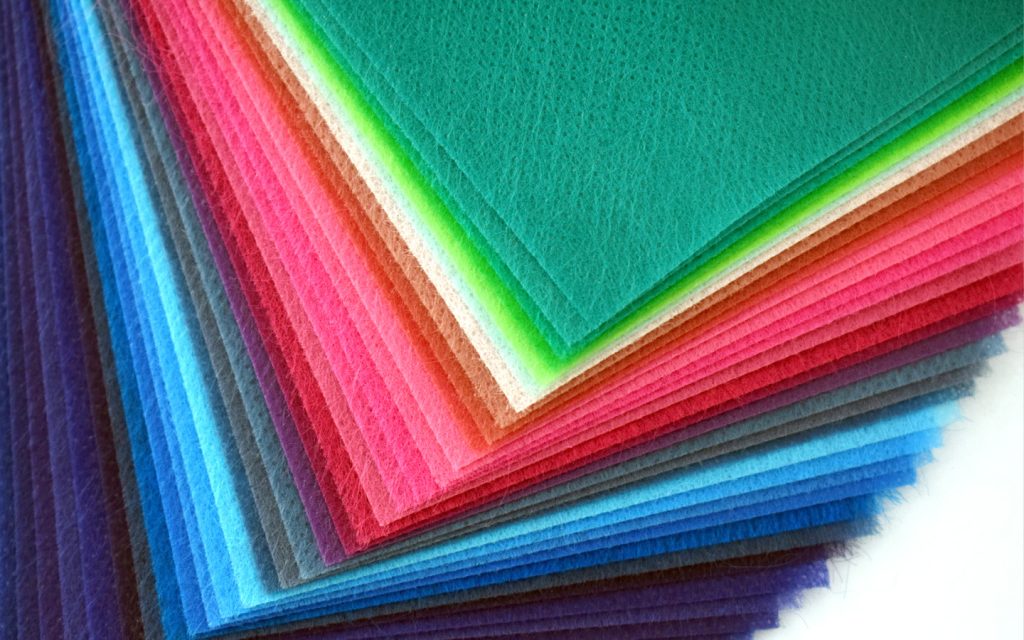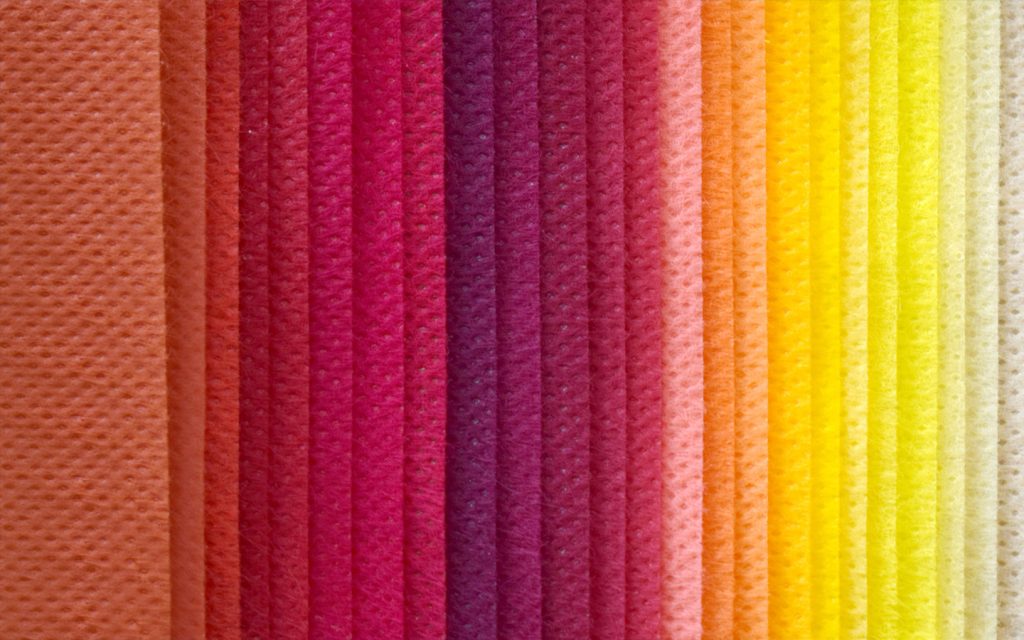
Melt Spinning
The melt spinning process melts polymer with heat until it reaches the correct viscosity for spinneret extrusion. As the name indicates, the chips of fibers are melted and extruded through the spinneret to obtain the fibers. It is used for the polymers not decomposed or degraded by temperatures necessary for extrusion to be melted and pumped through a spinneret in an air chamber. The extruded stream cools and solidifies into continuous filaments and is then drawn out of the chamber, twisted and/or processed further, and subsequently wound onto spools. This spinning process works for making polyamide, polyethylene terephthalate, and polypropylene fibers—common materials in many textiles.
Spunbond
Polymer-based fabrics, such as those made from polypropylene, polyester, or nylon, are created without the intermediate steps of fiber spinning and textile weaving or knitting. Because of its efficiency and the special qualities of the fabrics it makes, many industries, such as hygiene, medical, agriculture, and geotextiles, use the spunbond process.
Applications:
Hygiene Products: Diapers, sanitary napkins, and adult incontinence products.
Medical Products: Surgical gowns, masks, and drapes.
Agriculture: Crop covers, weed control fabrics, and plant protection.
Geotextiles: Soil stabilization, erosion control, and drainage systems.
Packaging: Protective packaging and shopping bags.


